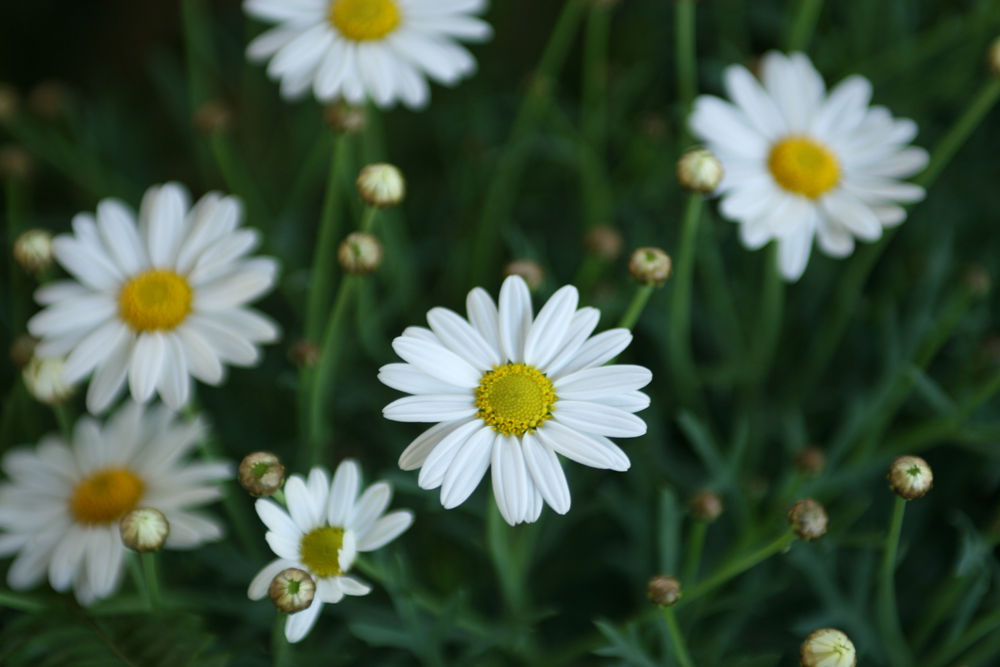




Kidney Stones and Homeopathy
Many times we heard of kidney stones, let’s discuss about them. Our urinary system consists of kidneys, ureters, urinary bladder and urethra. The kidneys are the vital organs that filter blood, remove waste products and excessive fluid from the body. The waste products and the fluid left after filtering blood is collectively referred as urine. The urine after being formed in the kidneys passes through the narrow tubes called ureters. The urine gets collected in urinary bladder which is voided via the urethra. The solid mineral deposits that get formed in the kidneys or urinary bladder are referred as kidney stones.
Renal stones or calculus is one of the most common diseases of the urinary tract. It occurs more frequently in men than in women. It shows familiar disposition.
Kidney stones are small, hard mineral deposits that form inside the kidney. These range from size of sugar crystal to a ping pong ball, but they are rarely noticed unless they cause blockage. Most calculi originate within the kidney and proceed distally, creating the various degrees of urinary obstruction as they lodged in narrow areas including the ureteropelvic junction, pelvic brim and ureterovasical junction. Location and quality of pain related to position of the stone within the urinary tract. Severity of pain related to degree of obstruction, presence of urethral spasm and presence of any associated infection.
Risk factors for kidney stone:
There are many risk factors that predispose a person to a kidney stone formation. They are as follows-
-
High protein ,calcium or oxalate intake in diet
-
Low water intake
-
Urinary tract infections
-
Obesity
-
Family history of kidney stones
Causes of kidney stones:
-
Hyper excretion of the relatively insoluble urinary constituents such as oxalates, calcium, uric acid, cystine and certain drugs (such as magnesium trisilicate in the treatment of peptic ulcer).
-
Physiological changes in urine such as urinary pH, colloidal content, decreased concentration of crystalloid, urinary calcium/magnesium ratio.
-
Decreased urinary output of citrates
-
Vitamin A deficiency
-
Urinary infection
-
Urinary stasis
-
Hyperparathyroidism
-
Prolonged immobilization
Types of renal stones:
-
Uric acid stones
-
Calcium stones( mainly calcium oxalate and sometimes calcium phosphate)
-
Struvite stones ( mainly form in persons with urinary tract infection)
-
Staghorn stones( Struvite stones, when they get enlarged, are referred as staghorn stones)
-
Cystine stones ( these runs in the families with tendency to pass much cystine in uine-cystinuria)
Symptoms of kidney stones:
-
Severe pain in back , belly or groin
-
Frequent or painful urination
-
Blood in urine
-
Nausea and vomiting
-
Abdominal distension
-
Fever and chills
-
Loss of appetite
Investigations:
The test to confirm kidney stones include ultrasound, x-ray KUB (kidney, ureters, bladder), intravenous pyelogram and CT scan of KUB. In addition to that renal function tests are to be done.
Advice:
-
Fluid intake should be high
-
Avoidance of milk, cheese and diet with low level of calcium
Homeopathic treatment For Kidney Stones:
Homeopathy treats person as a whole. It means that homeopathic treatment focuses on the patient as a person as well as his pathological condition. The homeopathic medicines are selected after full individualizing examination and case analysis which include the medical history of patient, physical and mental constitution. The medicines for the kidney stones are argentum nitricum,belladonna, benzoic acid,berberis, cantharis,chimaphilla, hydrastis, lachesis, lycopodium,lithium,nitric acid, nux vomica,pareira brava,phosphorus, sarsaparilla, silicea , tabaccum. These medicines are having therapeutic affinity for the kidney stones but this is not complete guide or treatment of this condition. So patient should take medicines only after consultation with qualified homeopath.
